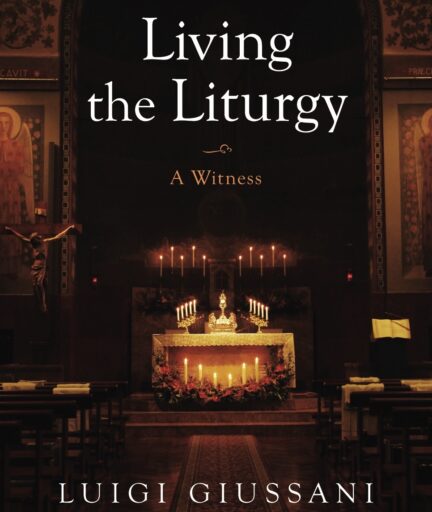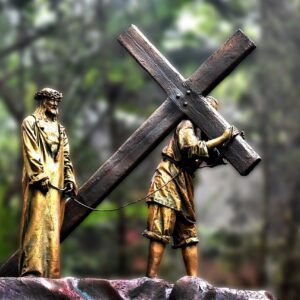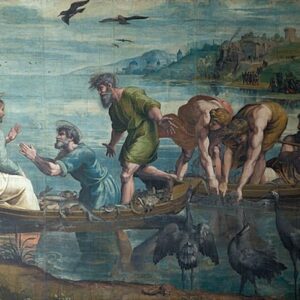Slant Books recently published Living the Liturgy: A Witness by Fr. Giussani. The insights in Living the Liturgy were taken from conversations that Fr. Giussani had with members of Communion and Liberation, and this is the first time this text is available in English. Living the Liturgy invites us to participate in a greater way in the liturgy – not just at mass, as Notre Dame theology professor Tim O’Malley wrote, “but in wherever we eat, drink, pray, or work.” We asked O’Malley some questions to help introduce us to this work.
What does this text by Fr. Giussani bring to the ongoing debates about liturgy?
Fr. Giussani does what great thinkers do: he gets to first principles. It strikes me that what has been forgotten about liturgical renewal is that it was intended to help us live worshipful lives in the world. That’s what he invites us to throughout: it’s not about liturgical reform first but a liturgical way of living.
How can his understanding of the liturgy speak to the American Church?
Well, we are certainly subject to the worst of the liturgy wars. We have too often reduced the liturgy to a thin sense of participation: “what are people doing?” Fr. Giussani says to us: “who are you becoming?”
The subtitle of the book is “A Witness”. In what way is Giussani giving a witness?
The witness is life, its authenticity. Isn’t that the heart of the liturgical act? We become what we receive. And if you pay attention to the life of Fr. Giussani, you see that he did become what he received. A light to the world. The presence of our Lord in the lives of all he met.
Several observers have noted that Fr. Giussani avoids two types of reductionism – reducing liturgy to “archaeology” or “sociology.” How does he avoid those errors?
Like the great liturgical theologians, he attends to what liturgy is really about: God and not either historical practice or what the people do. Liturgy isn’t about liturgy. It’s about union with God, our communion with the Beloved. If we focus on returning to an archaic “perfect time” (whether that is 2nd or 3rd century), then we don’t attend to worship. If we think about liturgy as only about us, we end up worshiping ourselves. Giussani was too closely connected to the real liturgical movement to end up falling into this trap.
What did this book do for your own understanding of and participation in the liturgy?
It helped me think more deeply about the liturgical year, about what it means to live the liturgy in my daily life as professor, dad, and writer. I think that Giussani’s ability to take his fundamental structure of the religious sense and think through every dimension of Christian life in light of it is a gift to the Church today.
What is your suggestion for how we as lay persons can use this book throughout the liturgical year?
With all Giussani’s books my recommendation is the same: read them slowly, read them together. You’re not reading a book that is about mastery or information but a slow formation in the art of being a human being transfigured by friendship with Jesus Christ and the Church. Go slow. Go together.
Reprinted with permission from the newsletter of Communion and Liberation USA.





